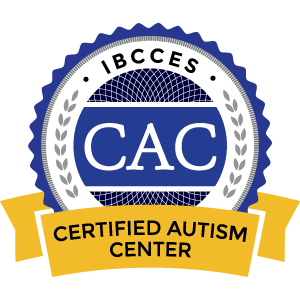
Scott Kelly spent a year in space for science.
What did NASA learn about his time there?
The results of their groundbreaking Twins Study were recently revealed in an article in Science magazine. The research used Kelly and his twin brother, retired astronaut Mark Kelly, to study the effects of long duration spaceflight on the human body.
The Twins Study is helping scientists better understand the impacts of spaceflight on the human body through the study of identical twins. The study included 10 separate research teams who coordinated and shared all data and analysis as one large, integrated research team. Scott Kelly spent 340 days in low-Earth orbit aboard the International Space Station while his identical twin, Mark Kelly, remained on Earth. The twins’ genetic similarity provided scientists with a reduced number of variables and an ideal control subject, both important to scientific investigation. It was the first time NASA studied a twin in space while the other twin was on Earth.
Three years after Scott’s return, the results of this study were published in one integrated paper with numerous other publications to follow.
The results of the Twins Study reveal some interesting, surprising and positively assuring data of how a single human body adapted to the extreme environment of space. NASA has gained some understanding of what happens to the body after six months aboard the International Space Station, but Scott Kelly’s one-year mission is a stepping-stone to longer expeditions such as missions to Mars, which could take three years for a round trip.
Scientists found results in a number of biological fields, such as biochemical, cognition, gene expression and more. Here’s a sample of the results they found.
Cognition: With few exceptions, Scott’s cognitive performance (such as mental alertness, spatial orientation, recognition of emotions) remained largely unchanged during his time in space, and relative to Mark on the ground. This is important as it suggests that astronauts can maintain high levels of cognitive performance for longer durations in space. However, a more pronounced decrease in speed and accuracy was observed after he landed and persisted for six-months. The changes observed just after landing are possibly due to re-exposure and adjustment to Earth’s gravity, and the busy schedule that enveloped Scott after his mission.

Gene Expression: Samples taken before, during and after Scott’s mission in space revealed some changes in gene expression. Mark also experienced normal-range changes in gene expression on Earth, but not the same changes as Scott. Changes Scott experienced may have been associated with his lengthy stay in space. Most of these changes (about 91.3%) reverted to baseline after he returned to Earth; however, a small subset persisted after six months. Some observed DNA damage is believed to be a result of radiation exposure. Gene expression data corroborated and supported other findings in the Twins Study, including the body’s response to DNA damage, telomere regulation, bone formation and immune system stress. These findings help demonstrate how a human body was able to adapt to the extreme environment of space and help researchers better understand how environmental stressors influence the activity of different genes, leading to a better understanding of physiological processes in space.
Microbiome: A highly diverse microbiome (bacteria in the gut) is generally associated with good health. Scott’s gut flora was found to be profoundly different during flight from preflight. This could be due to the food he consumed while on the space station (mainly freeze-dried or thermo-stabilized prepackaged food) although other space-specific environmental factors may have also contributed. When he landed back on Earth, Scott’s microbiome returned to preflight state. Observing how much Scott’s gut bacteria returned to normal was reassuring. Findings from this study may provide researchers with a better understanding of how to help improve overall health, such as adjusting astronauts’ diets to help beneficial bacteria thrive.
To learn more about this fascinating experiment, visit NASA’s Twins Study page here.




